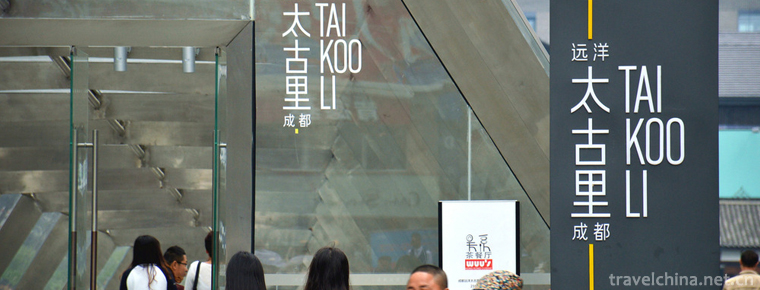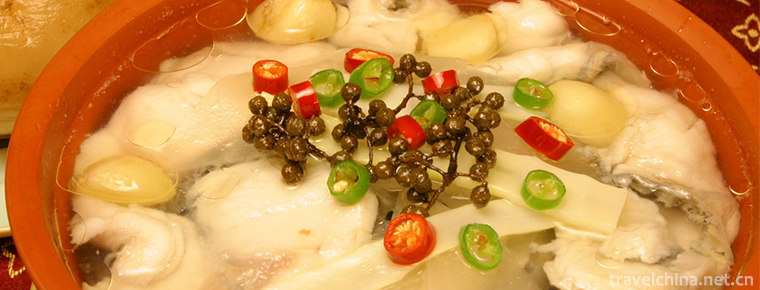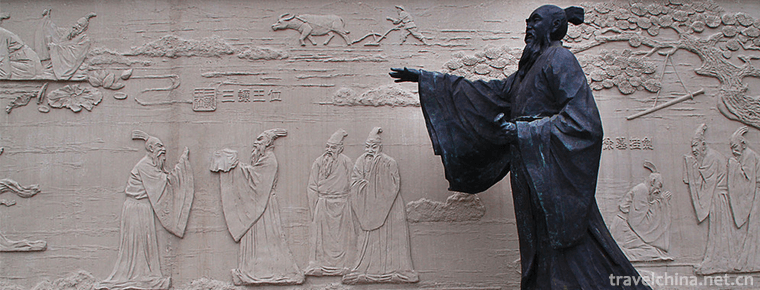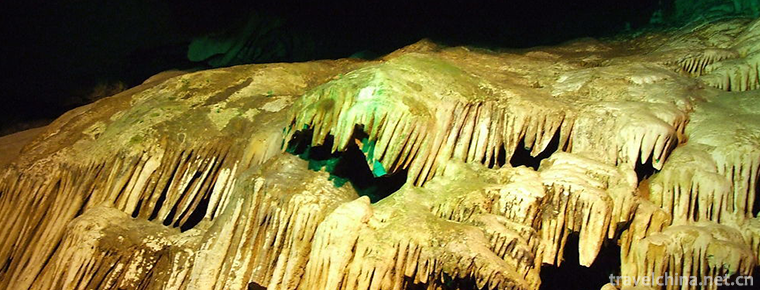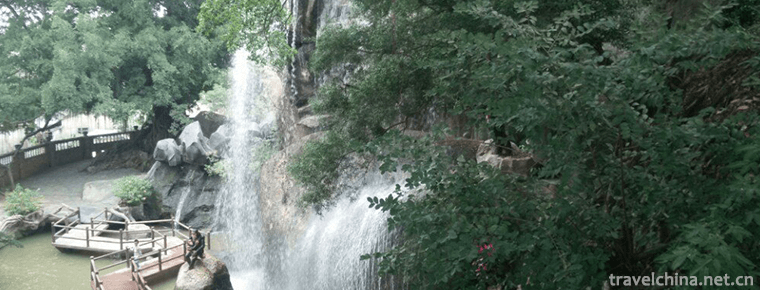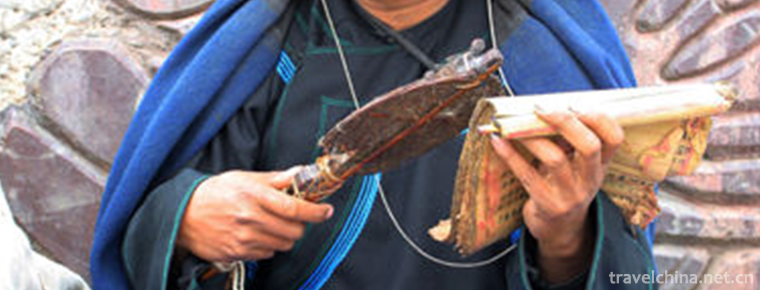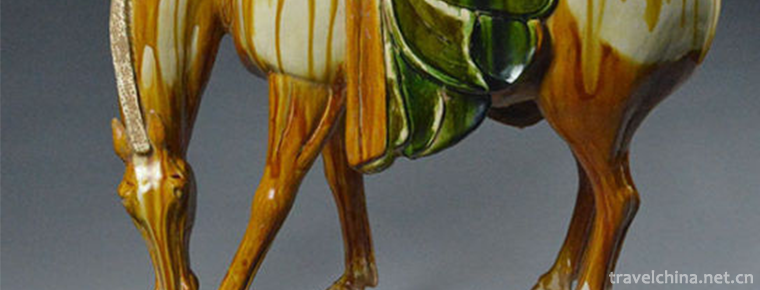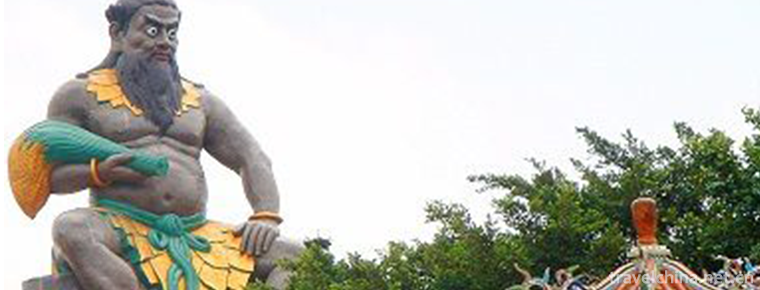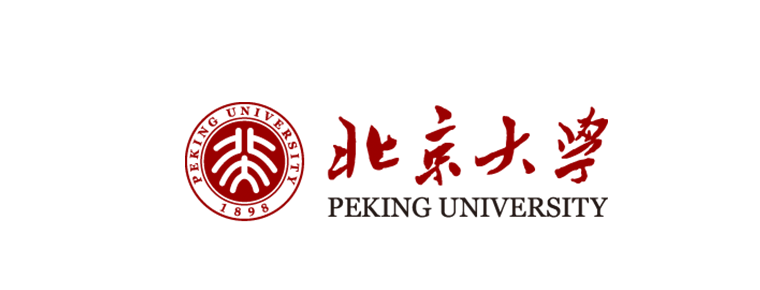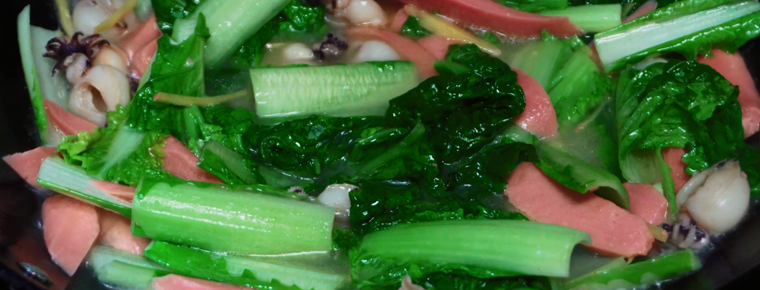Qingxu Caimen Building
Qingxu Caimen Building
Qingxu Caimen Tower is a local traditional handicraft in Qingxu County, Shanxi Province. Xu Caimen Tower in Qing Dynasty is said to have originated in Tang Dynasty. During the festival, people gathered cypress leaves from nearby hills to tie them to bamboo poles and wooden sticks and put them on the top of their own roofs for the prosperity of their businesses in the coming year. In the Song Dynasty, people put several doors on their doors, tied with cypress branches on the top, and wrote couplets on both sides of the cypress gates, which had different shapes every year and had great ornamental value. Later, after many business improvements, from the original Baiye Gate Tower to the Baiye Gate Tower, twisted color Gate Tower, color-painted Gate Tower, to today's spray-painted Gate Tower. Its development and innovation vividly reflect the progress of human wisdom and the improvement of science and technology. It has high historical, scientific, economic and contemporary value. It is a comprehensive product of folk ancient architecture, folk art, folk painting and folk handicraft technology. It has been loved by the general public for many years.
On May 23, 2011, the Caimen Tower of Qingxu was listed in the third batch of national intangible cultural heritage list with the approval of the State Council.
A Brief Introduction to the Gateway
May 2011 was selected as the third batch of national intangible cultural heritage list. Number: 1159 item number: VII-102 declared area or unit: Qingxu County, Shanxi Province
Gateway Origin
Qingxu was an ancient county in the Spring and Autumn Period. It was one of the earliest constructed counties in China. It was the hometown of Luo Guanzhong, the author of Romance of the Three Kingdoms. It was known as "a famous cultural city, a Portuguese vinegar capital" on the Loess Plateau. It has the traditional vinegar brewing technology, Xugou iron stick art, Qingxu brick carving, Qingxu Caimen Tower and other national intangible cultural heritage. It has two national and provincial preservation units, four municipal preservation units and 350 cultural relics. It is one of the important birthplaces of Shanxi merchants.
Xu Caimen Tower in Qing Dynasty is a comprehensive art which integrates folk ancient architecture, folk art, folk painting and folk handicraft. "Lion Dragon Lantern Drought Boat and Colorful Building as Street Face Support" is a popular folk proverb in Qingxu. It vividly outlines the important position of Qingxu Colorful Gate Tower in local folk activities.
Local elderly people said that every Spring Festival, ancestors and generations of people have to go to the market to buy cypress leaves, cypress leaves inserted in the door, in order to show good fortune and avoid evil (that is, pressure 100 evil). On New Year's Eve 30, people tied cypress leaves to a bamboo pole or wooden stick, wrapped them with red paper, affixed the couplet of "greeting happiness and receiving happiness", then tied them to the chimney on the roof, and put them together with offerings for gods, praying for prosperity in the coming year; later, families tied up cypress leaves with several doorposts, and wrote couplets on both sides to become cypress gates. Buildings have different shapes.
Inheritance and Development
With the development of the times, people constantly use new materials to reflect their aesthetic tendency and show the wealthy degree of each family, so there are cypress color gates, twisted color gates, color painted gates. Businessmen built a tower fire in front of their doors, which means that business is prosperous and prosperous, and also attracts more attention. Later, it developed into a big and tall building where businessmen built cypress gates on the street at the entrance of shops. It will attract people's attention from far away places. At the same time, it also plays the role of publicizing their businesses and attracting customers'patronage. When more and more people gathered, the merchants sprinkled cypress leaves and waste cooking oil on the tower fire, symbolizing the prosperity of business in the coming year. As a result, the Baiye Gate Tower began to develop into a cross-street Baiye Colour Tower. With the prosperity of the economy, some wealthier businesses in Xucheng in Qing Dynasty began to envisage more complex technology and more beautiful appearance of the colour building. Therefore, the larger shops took the lead and adopted the principle of voluntariness to raise money from the neighboring businesses. After raising money, they asked the master who made the loft to make better colour gate building. On the basis of the original Baiye Coloured Gate Tower, a new type of colourful building was created, which wrapped wooden rafters with colourful cloth and twisted colourful cloth to weave the ancient style of Pavilion and attic. Its name was officially named Cailou from the original Baiye Tower. Later, lanterns and embroidery balls were hung on the colourful Gate Tower, and auspicious names were given to each colourful Gate Tower, such as "Gathering Wealth Gate", "Wufumen" and "Xingxing Gate". "Peace Gate" and so on place people's good wishes. Since the 1990s, on the basis of the original twisted color weaving, the part of art painting has been added, the multicoloured lights have been added, and the shapes have become more diverse.
Traditional Characteristics
From the location and name, the Caimen Tower in Qingxu can be divided into two types: Caimen Tower (i.e. built on the street) and Menlou (i.e. built on the doors of various units and homes). According to the different materials, it can be divided into five kinds: cypress gate, cypress color gate, twist color gate, color gate and spray color gate. Their skeleton is basically the same, but the difference is the decorative materials and technology. Baiye Gate Tower is the predecessor of Caimen Tower. It has two forms: one is a single-storey gate building with one door in front of each house and fan-shaped ear walls on both sides. The other is a three-door, four-pillar and three-roof, two-storey cypress gate building across the street. It is a quasi-ancient archway style composed of portals, beams, gates, roofs and ridge purlins. The top of the gate building is the same as that of the cypress tower. The small doors on both sides are lower than the middle gate. The ridge purlin of the small gate building should be below the top slope of the middle gate building, and the top of the building should not be too high. On the basis of the Baiye Gate Tower, the Baiye Gate Tower has been built. The biggest change is the decoration of the obvious parts with five-color cloth. The two water slopes and corner picking at the top of the gate building are decorated with cypress branches. The front part of the purlin plaque on the cross beam ridge is twisted with colorful cloth and tied with the plaque. The door post is wrapped in red cloth or twisted into a network with colorful cloth and wrapped in it, and connected with each other and hung lanterns. The decoration of twisted color gate building is divided into twisted color and decoration. The top of the gate building, the beams and columns are all twisted color parts. All of them are wrapped in colored cloth. Lace patterns are pasted around with red paper and gold strips and handmade paper. The use of patterns is an artist's stunt. The local twisted colors are "knotted fish net", "knotted mat", "knotted hollow knot", "pointed to pointed", "pointed to pointed". Nine stitches, lantern scenery and Lavaling are woven. When the colors are twisted, the patterns can be highlighted by using light red, light green and light yellow silk substrates. The color painting of the coloured gate building is not rigid to the traditional formula drawing method. The pattern is lively and free. The four pillars of the gate building are either red-bottom gold letters or red-bottom auspicious cloud patterns. The cross beams of the middle gate are usually painted with "burden-type" and "square-heart-shaped" colors. The cross beams of the small gate are painted with "square-heart-type" and "sea-flooding" colors. The small gate building is painted with imitation ancient architectural coloring techniques, and the patterns are right-right and left-right. It is said that the main tones are green and green.
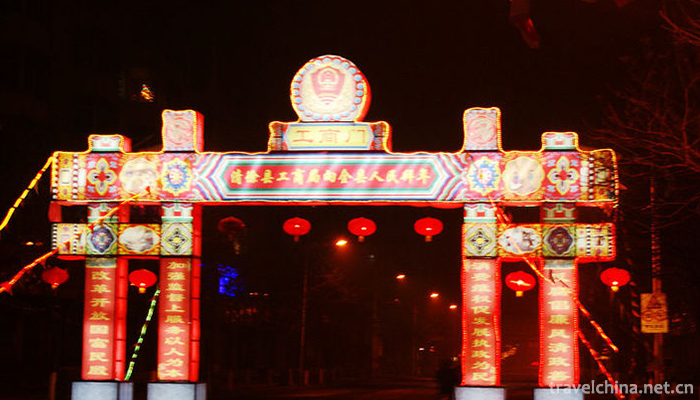
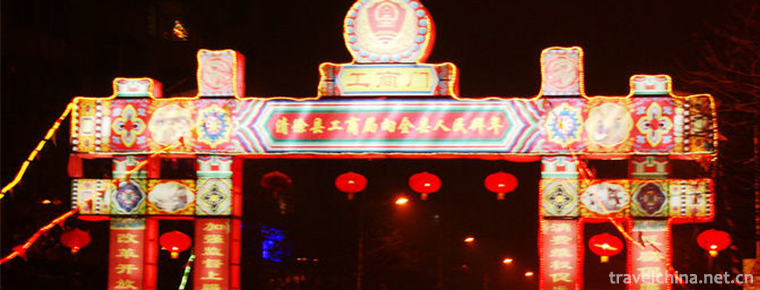
Qingxu Caimen Building
-
Ailao Mountain
Ailao Mountain, located in the middle of Yunnan Province, China, extends south of Yunling Mountains. It is the boundary between Yunnan-Guizhou Plateau and Hengduan Mountains. It is also the watershed
Views: 481 Time 2018-11-01 -
Fish in sour soup
Sour soup fish is a traditional dish of Miao nationality in Guizhou. According to textual research, this dish originated from the Yashuang area of Leidong Town, Liping County
Views: 282 Time 2018-11-05 -
China of chunqiu yancheng tourist area
China Spring and Autumn Yancheng Tourist Area (also known as Yancheng, Spring and Autumn Yancheng) is located in the central city of Wujin District, Changzhou City
Views: 271 Time 2018-12-06 -
Laojunshan Jiguandong Tourist Area
Jiguan Cave is located in Luanchuan County, Luoyang City, Henan Province, three kilometers west of the county seat. It is located on the half-hillside of Jiguan Mountain
Views: 210 Time 2018-12-09 -
Lianhua Rural Tourist Area
Lianhua Rural Tourist Area is a national AAAA-level tourist area, located in the northeast of Chenghai District, Shantou City, with Dongli Town in the East and Tiepu Town in Chaozhou City in the west
Views: 147 Time 2019-01-29 -
Legend of Liu Ruan
The legend of Liu Ruan, also known as the story of Liu Ruan's encounter with immortals, is spread in Shangxian (now Xinchang, Shengzhou) and Tiantai. It is a mythological love story that takes Liu Rua
Views: 407 Time 2019-05-13 -
Wool Textile and Rolling Techniques
Flower felt is the most popular among all ethnic handicrafts in Xinjiang, and it has a long history. Felt caps from the 1st to 3rd centuries A.D. are among the cultural relics unearthed at Lop Nur Lou
Views: 300 Time 2019-05-25 -
Tang Sancai Techniques
Tang tri coloured firing technique originated from the early Tang Dynasty. The tri coloured glazed pottery of Tang Dynasty, as the essence of traditional Chinese art in the Tang Dynasty, has a history
Views: 152 Time 2019-06-18 -
Legend of Emperor Yan Shennong
Yan Emperor Shennong, one of the three emperors and five emperors, is one of the local folklores in Suizhou, Hubei Province, and is the national intangible cultural heritage. After Wa Fuxi, a stepdaug
Views: 221 Time 2019-07-10 -
Peking University
Founded in 1898, Peking University was first named as Beijing Normal University Hall. It was the first national comprehensive university in China and the highest educational administrative organ at th
Views: 267 Time 2019-08-30 -
Sausages with cuttlefish
Cuttlefish, also known as cuttlefish, squid. Cuttlefish is delicious, nutritious and of high medicinal value. It is rich in protein, fat, inorganic salt, carbohydrate and many other substances. In add
Views: 298 Time 2020-04-10
